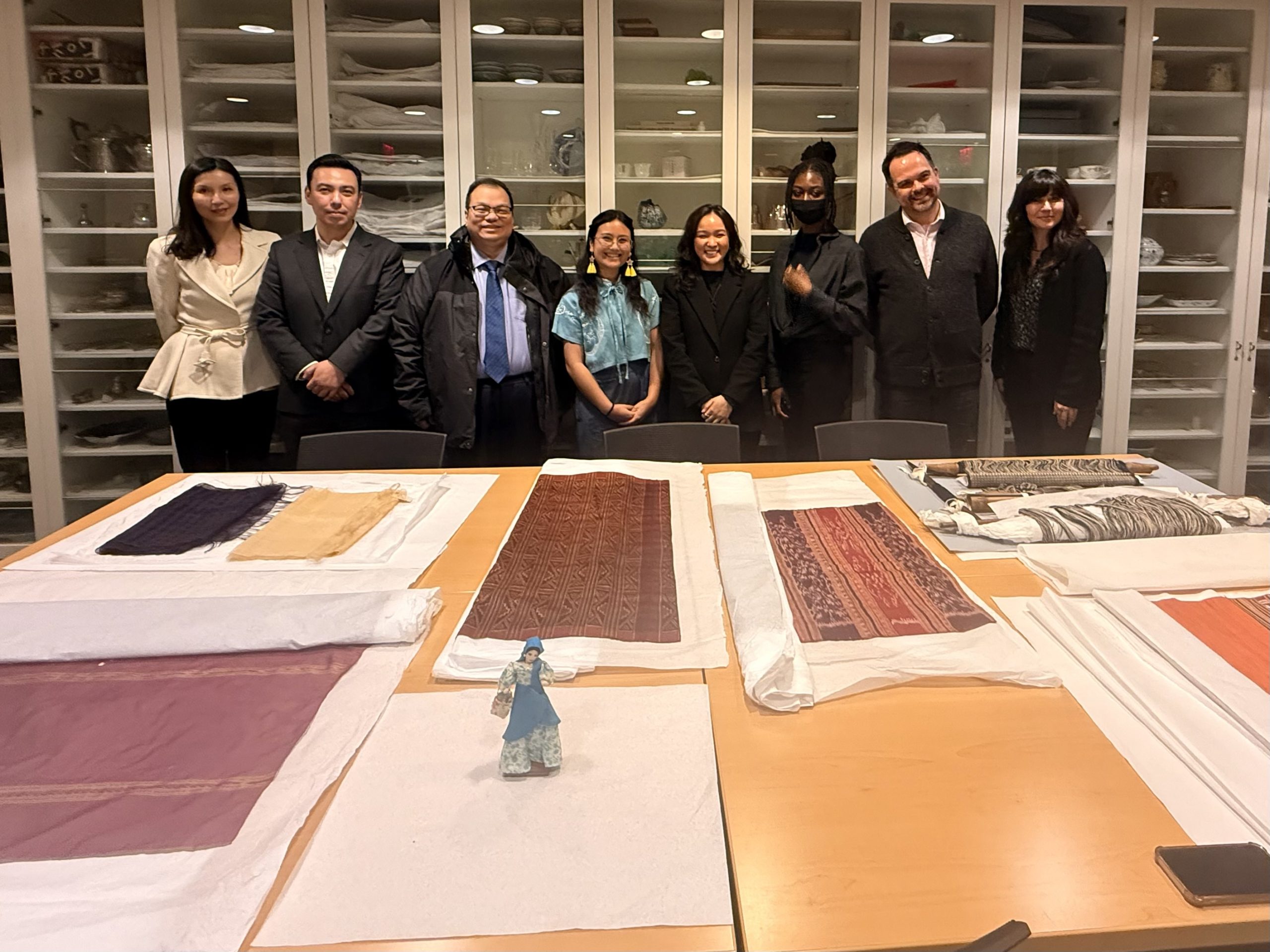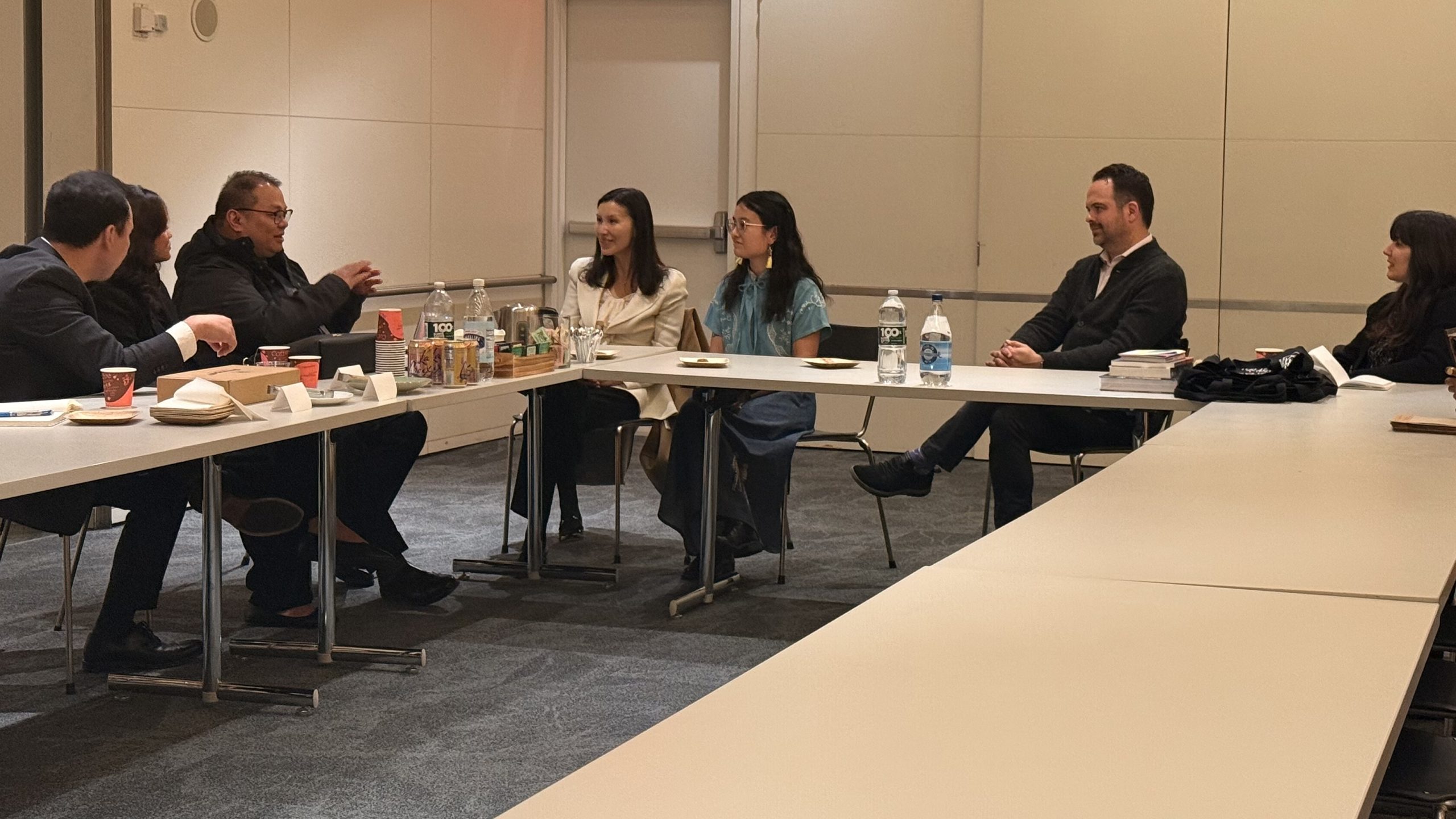New York PCG and BARD Graduate Center Explore Academic and Cultural Linkages

NEW YORK CITY, NY, 11 April 2025 – The Philippine Consulate General in New York and the Philippine Trade and Investment Center in New visited the Bard Graduate Center, an advanced graduate research institute in New York City, to explore opportunities for collaboration in the promotion of Philippine fibers, fabrics, and textiles.
The visit aimed to strengthen cultural and academic ties through the Philippine Fibers, Fabrics, and Textiles Promotion Program—an initiative spearheaded by the Consulate to preserve Philippine cultural heritage while creating new economic opportunities for local farmers and weaving communities.
During the meeting, BGC shared insights into its interdisciplinary academic environment, where students examine human history through objects such as textiles, ceramics, furniture, architecture, and armor. The institution noted that its programs and research priorities strongly align with themes relevant to Philippine textile traditions.

BGC offers MA and PhD degree programs, curated exhibitions, international symposia, internships, and scholarly publications that explore decorative arts, design history, and material culture. It also maintains a study collection that provides students with direct access to historical artifacts—enabling hands-on learning and in-depth research.
The visit concluded with a guided tour of BGC’s facilities and a viewing of select pieces from their Southeast Asia collection, including Piña fabrics from the Philippines.
Both organizations expressed enthusiasm to explore future academic and cultural exchanges that highlight the richness of Philippine textile heritage on the global stage. END


